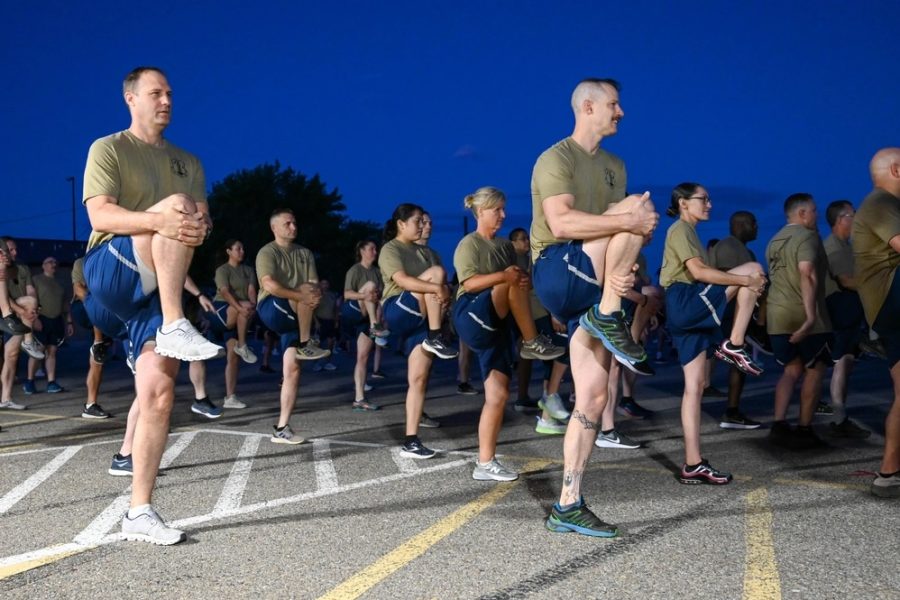The Air Force wants to promote working out, healthy eating habits, and a holistic approach to well-being for both Airmen and Guardians as part of a new “Culture of Fitness” initiative announced Sept. 18.
“Having a Culture of Fitness for the Department of the Air Force is more than just physical training,” Air Force Secretary Troy Meink said in a press release. “It is about making sure we enable Airmen and Guardians to be wholly resilient, healthy and ready to defend our nation.
“Upon review of our current fitness programs, we have found trends highlighting a fundamental challenge: our traditional approach has fallen short of fostering the holistic well-being and operational readiness that our mission demands,” Meink added in a separate memo posted to the Facebook page Air Force amn/nco/snco and confirmed as authentic by the Air Force.
The announcement comes about six months after Defense Secretary Pete Hegseth announced a military-wide review of physical fitness, body composition and grooming standards on March, though the Air Force had been rethinking such standards for years already.
Though the release was sparse on exact details, it listed four lines of effort:
- Being physically and mentally ready: proactively manage health so that Airmen and Guardians can do their jobs and deploy.
- Fostering a culture of fitness: promote units doing PT together and holding leaders accountable for physical conditioning.
- Fueling a culture of fitness: Providing nutritional resources “and promoting holistic well-being,” the release said.
- Measuring a culture of fitness: “revolutionize” fitness assessments to better reflect operational demands and “drive data-informed training,” the release said.
One example of the effort is to make more gyms accessible 24/7 so that Airmen and Guardians working odd hours can still get a workout in. As of now, 77 out of 84 installations have such access at their primary fitness centers, the release said.
On the nutrition front, in March the Air Force announced it would overhaul the 28-day rotating menu used by its dining facilities. The changes include 50 new recipes and a wider variety of healthier options, such as whole wheat hamburger buns instead of ultra-processed white buns, a press release at the time explained.
A 2024 Government Accountability Office report found that the Defense Department had not carried out Congress’ instructions to increase access to nutritious food and establish a leadership structure to encourage healthy eating, including a “Go for Green” program that made healthy food more identifiable with green labels. The services also had not established goals or metrics for moving towards more nutritious food.
Air Force Undersecretary Matthew Lohmeier is in charge of the “Culture of Fitness” effort.
“You have my commitment that I will provide you with the resources and guidance necessary for you to succeed,” he told command teams across the Air Force and Space Force in the Sept. 18 press release.
The Space Force has a head-start on holistic fitness: in 2022, the service began swapping periodic fitness tests for continuous fitness assessments informed by data gathered from wearable fitness monitors. A study of the new method found it was “overwhelmingly popular” among Guardians, according to the Colorado Springs-Gazette. The Space Force also introduced Guardian Resilience Teams to guide Guardians to help with mental or physical fitness.
Meanwhile, in June, the Air Force hinted at a switching its 1.5-mile PT test run with a two-mile run and having the entire force test twice a year tests rather than just once.
The Air Force could not immediately answer whether these changes were still on the table, or if the Air Force would adopt the continuous fitness assessment being tested out by the Space Force. But change is coming.
“In line with this initiative, the Air Force and Space Force will announce changes to their respective physical fitness programs in the near future,” the press release said.


